European Commission President Jean-Claude Juncker said yesterday that “Italy is distancing itself from the budgetary targets we have jointly agreed at EU level.” He warned “one crisis was sufficient, one crisis was enough” and “after the toughest management of the Greece crisis, we have to do everything to avoid a new Greece — this time an Italy — crisis.” He added “we have to prevent Italy from being able to get a special treatment here that, if everybody were to get it, would mean the end of the euro.”
The chairman of Eurozone finance ministers Mario Centeno said after the group’s meeting that “recent announcements by the Italian government have raised concerns over its budgetary course, concerns that need to be addressed soon.” He added “we are all bound by the euro and we need sound policies to protect it. It is up to the Italian government to show it has a sustainable and credible budgetary plan.”
On the other hand, Italian Deputy Prime Ministers Luigi Di Maio insisted the government “will never sacrifice workers on the altar of the spread and of the crazy rules which have been imposed on us” And, “this government doesn’t butcher people, the music has changed.”




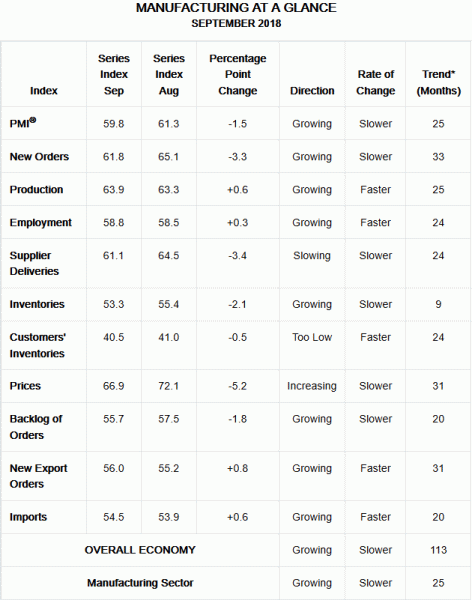
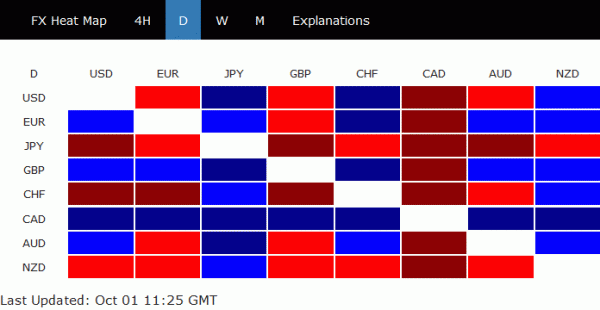
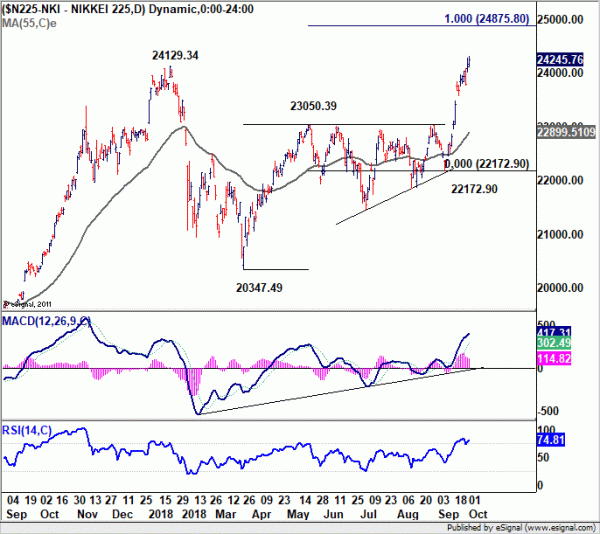
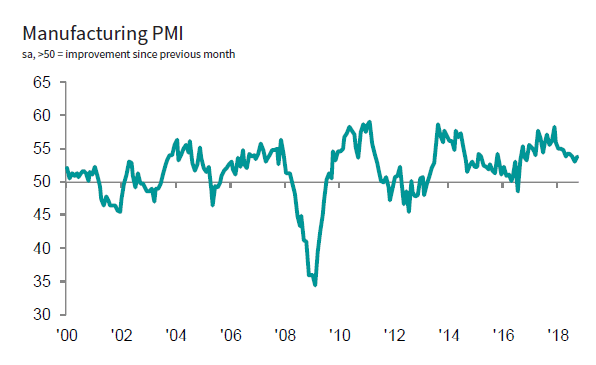
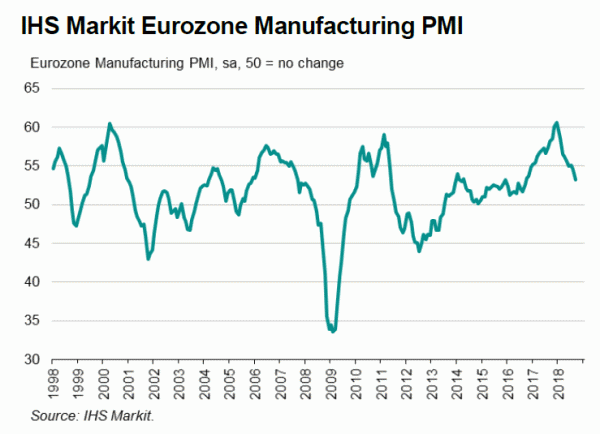
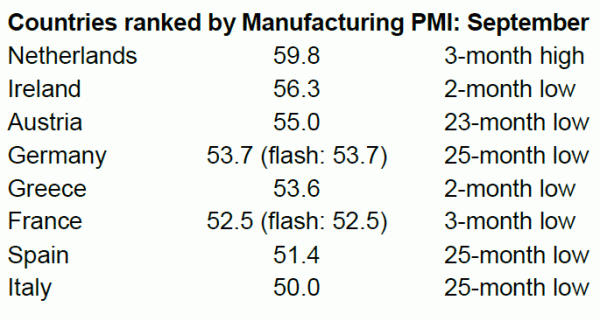
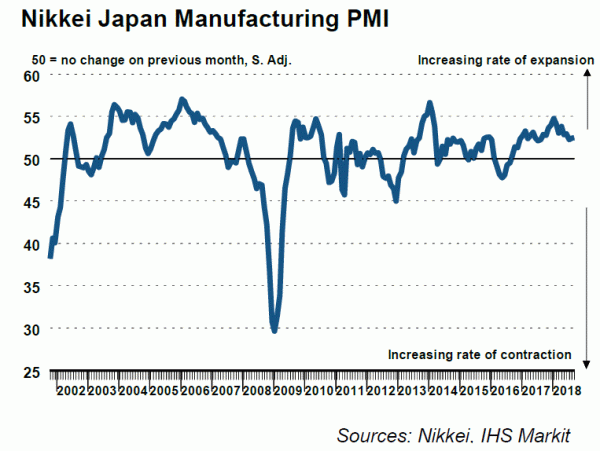
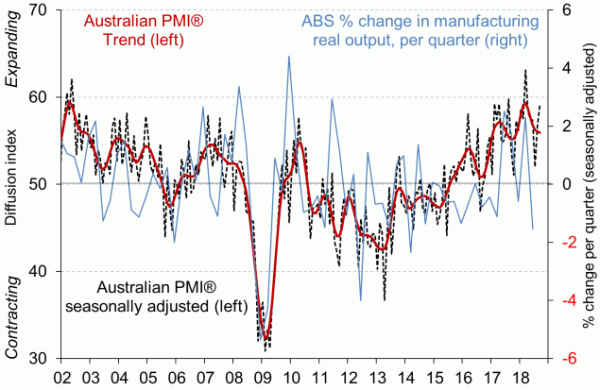
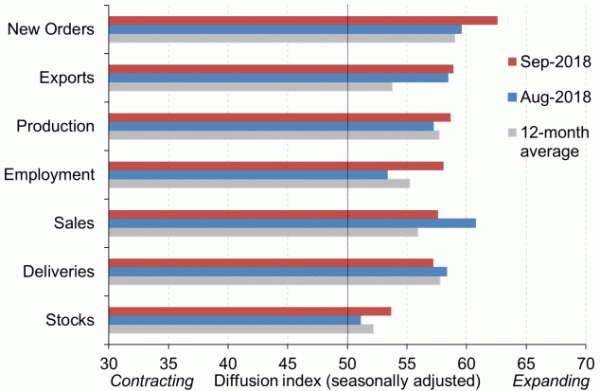
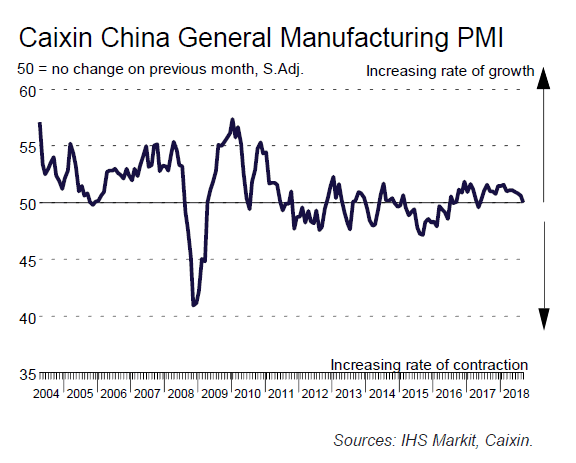
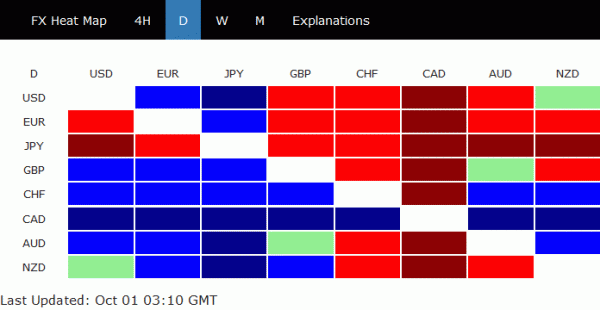
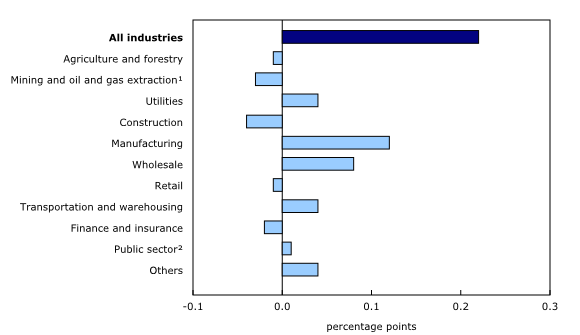

Fed Rosengren sees yellow lights in inflation, Kashkari sees bond flashing yellow too
Boston Fed President Eric Rosengren warned that tight labor market could push the economy towards unexpected inflation and other problems. He argued that Fed should continuing rate hikes “until monetary policy becomes mildly restrictive.”
And he emphasized that “the further we get from full employment the further risk there is.” Also, he added “pushing the economy too hard risks inflationary concerns or financial-stability risks”. Either of these outcomes “might necessitate a more forceful monetary policy response.”
While there are no “alarm going off” for now, he said “there are a bunch of yellow lights”. these include commercial housing estate boom that could push prices beyond what market demand could sustain.
On the other hand, Minneapolis Fed President Neel Kashkari saw “flashing yellow” signals in the bond market, which suggested there is no need for any more rate hikes for now. He said “the bond market is saying, ‘hey we’re not so sure that the U.S. economic growth is going to be very strong in the future years,’ so that’s a nervousness for me.”
Kashkari added yield curve is “a measure of giving us feedback as to are we running accommodative monetary policy or contractionary monetary policy, and I don’t see any reason yet that we should be moving interest rates up and tapping the brakes.”